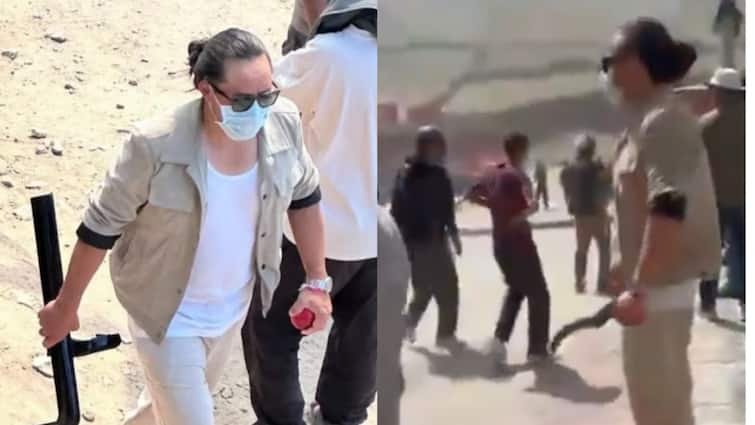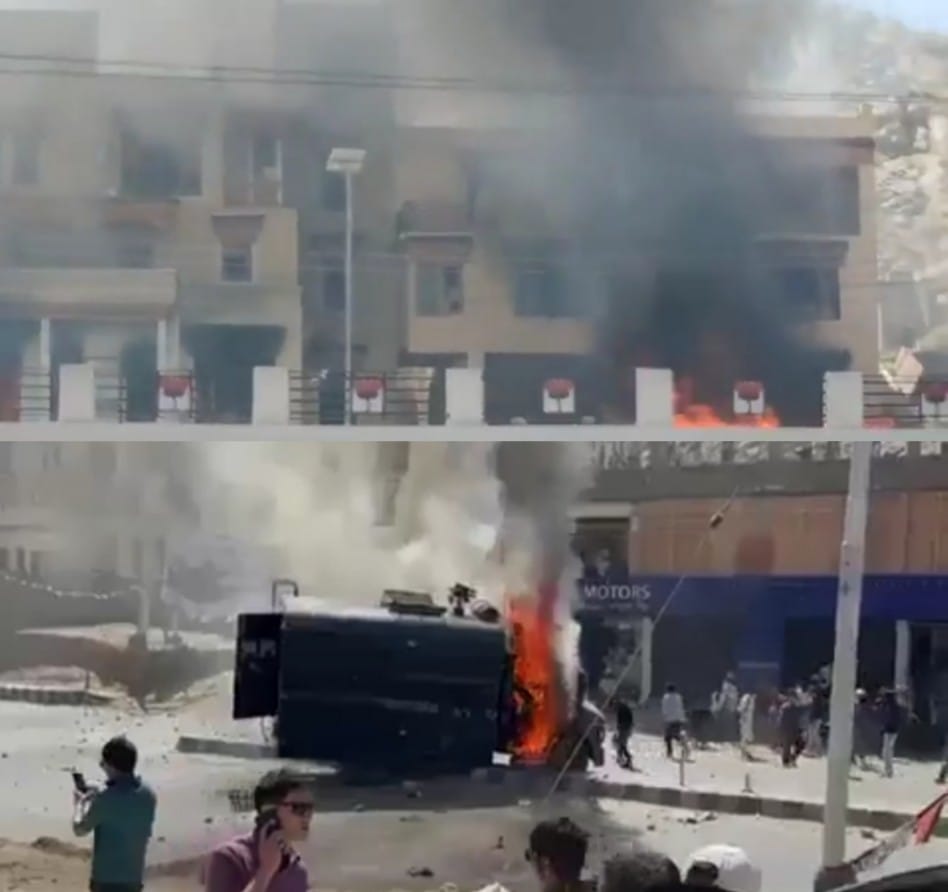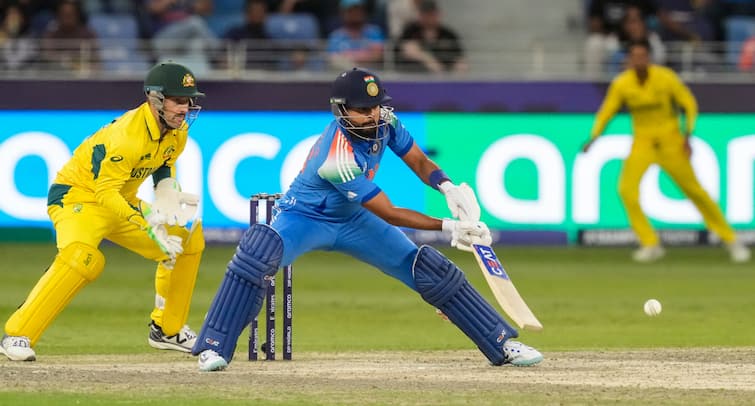Ladakh witnessed many violent protests yesterday, leaving at least four dead and around 90 injured, as tensions over statehood and constitutional safeguards boiled over. In the aftermath, the government has charged Congress Councilor Phuntsog Stanzin Tsepag for his alleged role in the unrest, while also pointing fingers at climate activist Sonam Wangchuk for inciting the crowd through his speeches.
Curfew was swiftly imposed in Leh district, with the Indo-Tibetan Border Police (ITBP), CRPF, and local police deployed to restore order. Restrictions have also been enforced in Kargil following a shutdown call demanding statehood and protections for Ladakh.
During the violence, protesters set fire to the BJP office in Ladakh and the Ladakh Hill Council Secretariat. The BJP immediately blamed the Congress for orchestrating the chaos, releasing images showing Councilor Tsepag allegedly participating in the mob.
Lt Governor of Ladakh, Kavinder Gupta, labeled the clashes a “conspiracy” and promised strict action against all involved. Shortly after, police registered an FIR naming Tsepag for arson and incitement.
Meanwhile, the Home Ministry directly blamed Sonam Wangchuk, claiming his 15-day hunger strike and speeches provoked the mob. Wangchuk, who was demanding statehood and constitutional safeguards for Ladakh, ended his fast shortly after the violence erupted.
#WATCH | On violent protest in Leh today, Ladakh LG Kavinder Gupta says, “In a democratic system, protesting is a right. However, it must be done in a peaceful manner. For the past two days, attempts were been made to incite people, and the protest held here was compared to those… pic.twitter.com/Nlm59oLsFy
— ANI (@ANI) September 24, 2025
The Ministry accused him of using examples from recent Nepal Gen Z protests and Arab Spring-style movements to mislead and inflame the public. “Despite multiple appeals to call off the hunger strike, Wangchuk continued, misleading people through provocative statements,” the Ministry said. The statement added that the mob, spurred by Wangchuk’s rhetoric, targeted both a political party office and the government office of the Chief Executive Councilor in Leh.
For over three years, Ladakh has witnessed growing discontent against direct central rule. Residents have repeatedly demanded statehood and constitutional safeguards to protect their land, culture, and resources.
BJP IT Cell head Amit Malviya took to X and shared a video alleging that Tsepag, Congress Councillor for Upper Leh Ward, was seen instigating a mob during recent riots in Ladakh. He wrote, “This man rioting in Ladakh is Phuntsog Stanzin Tsepag, Congress Councillor for Upper Leh Ward. He can be clearly seen instigating the mob and participating in violence that targeted the BJP office and the Hill Council. Is this the kind of unrest Rahul Gandhi has been fantasising about?”
This man rioting in Ladakh is Phuntsog Stanzin Tsepag, Congress Councillor for Upper Leh Ward.
He can be clearly seen instigating the mob and participating in violence that targeted the BJP office and the Hill Council.
Is this the kind of unrest Rahul Gandhi has been… pic.twitter.com/o2WHdcCIuC
— Amit Malviya (@amitmalviya) September 24, 2025
The Union Territory was carved out of the former state of Jammu and Kashmir in August 2019, following the abrogation of Article 370. Initially welcomed by many in Leh, including Wangchuk, concerns soon arose about a political vacuum under the Lieutenant Governor’s administration.
This frustration fueled large-scale protests and hunger strikes. Notably, for the first time, political and religious groups from Buddhist-majority Leh and Muslim-majority Kargil united under a joint platform: the Apex Body of Leh and the Kargil Democratic Alliance.
The Centre responded by forming a high-level committee to examine Ladakh’s demands. However, successive talks failed to produce any breakthrough. In March, representatives from Ladakh met Union Home Minister Amit Shah in Delhi, only for negotiations to collapse. Local leaders claimed the Home Minister dismissed their demands, reportedly stating he regretted creating Ladakh as a separate Union Territory and rejecting requests for statehood and Sixth Schedule protections.
As Ladakh grapples with its political identity, yesterday’s violence underscores the deep-rooted frustrations simmering across the Union Territory—raising pressing questions about governance, representation, and the future of this strategically vital region.




